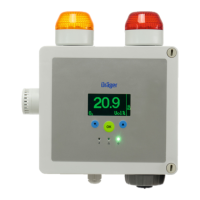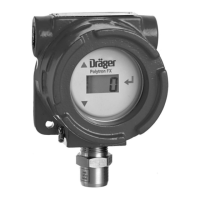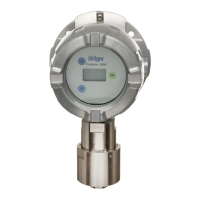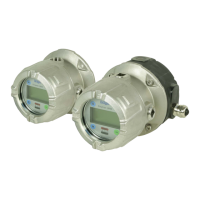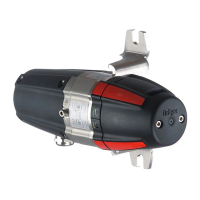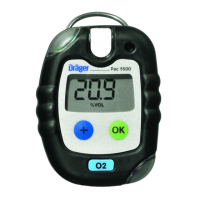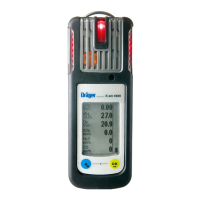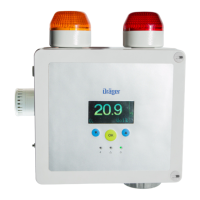
Do you have a question about the Dräger PointGard 2000 Series and is the answer not in the manual?
| Sensor Type | Electrochemical, Infrared |
|---|---|
| Detection Principle | Infrared: Absorption |
| Resolution | Varies depending on the target gas and sensor type |
| Operating Temperature | -20°C to +50°C |
| Operating Humidity | 10 to 95 % RH, non-condensing |
| Output Signal | 4-20 mA |
| Communication | HART (optional) |
| Protection Rating | IP66/IP67 |
| Certifications | ATEX, IECEx, UL, CSA |
Essential user safety rules and compliance requirements for product use.
Requirements for safe electrical connections, wiring, and circuit protection.
Explains the meaning of hazard alert icons and signal words used in the manual.
Details the capabilities, alarm types, and display features of the Dräger PointGard 2000.
Outlines the primary purpose and application of the instrument for ambient air monitoring.
Details the power input connector and wiring configurations for AC and DC versions.
Procedures for connecting analog (4-20mA) and relay interfaces for data and control.
Step-by-step guide for installing electrochemical (EC) sensors into the instrument.
Procedures for connecting and installing remote sensing head components.
Explains how to interpret instrument readings, status, LEDs, and symbols.
Describes the function of the instrument's buttons for navigation and operation.
Steps to prepare the instrument and necessary equipment before performing calibration.
Detailed procedures for calibrating the sensor's zero point and span (sensitivity).
Lists common instrument faults, their causes, and recommended solutions.
Lists common instrument warnings, their causes, and recommended solutions.
Procedure to test alarm activation and response without triggering actual alarms.
Detailed instructions for safely removing and installing new sensors.
Procedures for configuring instrument access passwords and internal clock settings.
How to configure alarm thresholds, directions, and latching modes for alerts.
Instructions for configuring integrated alarm patterns using DIP switch settings.
Configuration options for the analog 4-20mA output signal, including offset and span.
How to manage automatic calibration and reset sensor settings to default.
Overview of settings adjustable via the menu and their default values.
Detailed default configurations for various sensor types and models.
Lists sensor measurement ranges and analog signal characteristics for control units.
Details power requirements, environmental operating conditions, and physical specifications.
Requirements for connecting remote sensors via specific cable types.
Lists various sensors and accessories available for different PointGard models.
